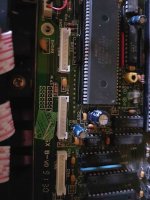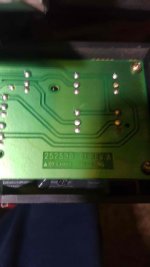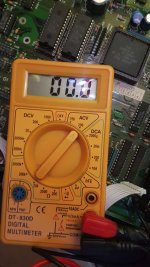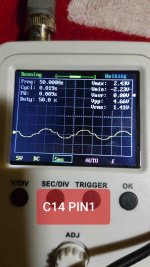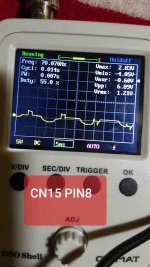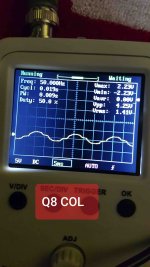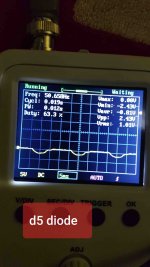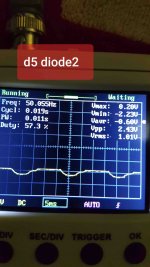Desperado
Veteran Member
- Joined
- Nov 25, 2017
- Messages
- 6,827
Hi guys, how are you?
Im here again for an information please....
My friend has bought a Cdtv1000 but when he power up, he can see only green led.....the mini lcd time display doesn't works....currently does not have a video cable to try the console ...
What could be the failure?
Thanks!
Im here again for an information please....
My friend has bought a Cdtv1000 but when he power up, he can see only green led.....the mini lcd time display doesn't works....currently does not have a video cable to try the console ...
What could be the failure?
Thanks!

